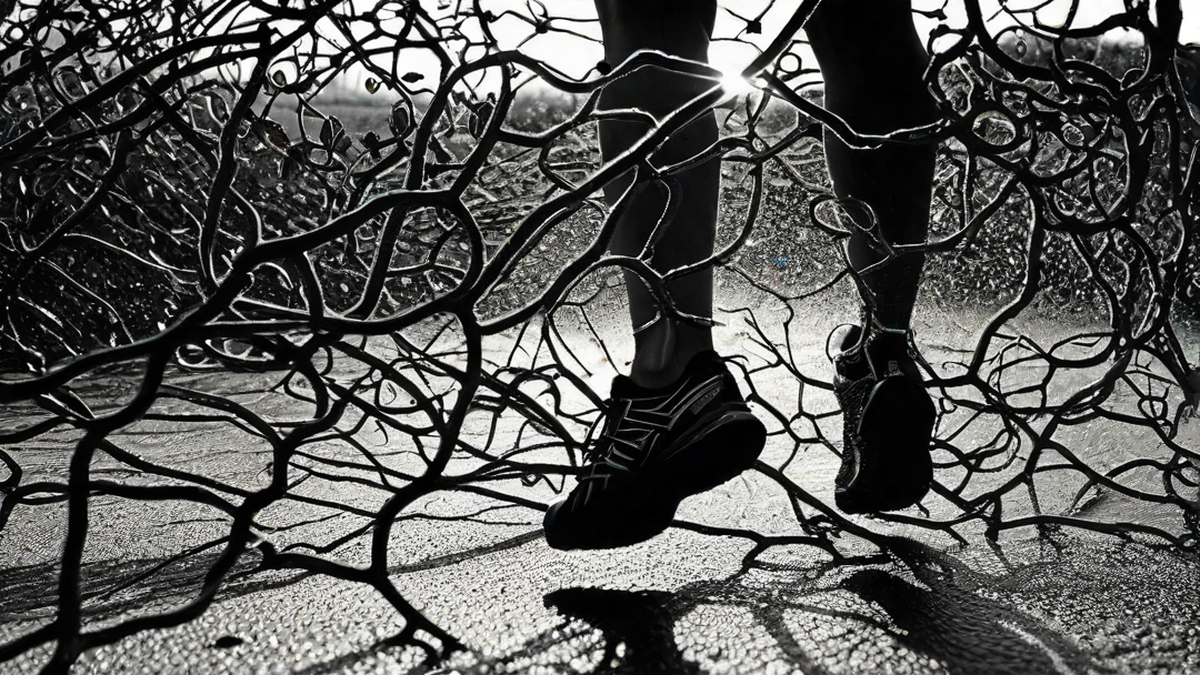After a long and tiring run, have you ever experienced a sharp pain or an intense ache in your legs that makes you question why you subjected yourself to such torture? Trust me, I’ve been there. But fear not, my fellow runners, for I am here to shed light on this burning question: Why do your legs hurt after running for a while?
First and foremost, it’s important to understand that this discomfort is completely normal and a common occurrence among runners, especially beginners. Our legs are doing some serious work when we run, and it’s only natural for them to feel the strain. Let’s dive into the details and unravel the mystery behind the post-run leg pain.
The Science Behind the Pain
When we engage in any physical activity, our muscles require energy to perform. As we run, our muscles contract and relax repeatedly, generating the force required to propel us forward. This process relies on the breakdown of a molecule called adenosine triphosphate (ATP), which provides the necessary fuel for our muscles.
During prolonged or intense running, our muscles can become depleted of ATP, leading to a buildup of lactic acid. This lactic acid is one of the primary culprits behind the burning sensation and discomfort we feel in our legs. Additionally, the repetitive impact of our feet hitting the ground can cause microscopic damage to our muscle fibers, further contributing to the pain.
Delayed Onset Muscle Soreness (DOMS)
Another factor that plays a role in the post-run leg pain is delayed onset muscle soreness, commonly known as DOMS. DOMS typically occurs within 24 to 48 hours after exercise and is characterized by muscle tenderness, stiffness, and reduced range of motion.
When we run, our muscles are placed under stress and experience small tears in the muscle fibers. This is completely normal and part of the muscle adaptation process. After the run, our bodies work hard to repair these micro-tears, resulting in muscle growth and increased strength. However, this repair process can also lead to temporary inflammation and sensitivity, giving rise to that familiar achy feeling in our legs.
Preventing and Alleviating Leg Pain
While some degree of leg pain is inevitable when running, there are several strategies you can employ to minimize the discomfort and aid in recovery:
- Warm-up before your run: Dynamic stretching and light aerobic exercises help prepare your muscles for the upcoming activity, reducing the likelihood of injury and soreness.
- Gradually increase intensity and distance: Avoid sudden, drastic changes in your running routine. Gradually increase your mileage and intensity to allow your muscles to adapt and strengthen over time.
- Cool-down and stretch: After your run, incorporate a cooldown period with gentle jogging or walking, followed by static stretching to help prevent muscle tightness and aid in recovery.
- Stay hydrated and fuel properly: Proper hydration and nutrition are essential for optimal muscle function and recovery. Make sure to drink enough water and consume a balanced diet with an adequate amount of carbohydrates, protein, and healthy fats.
- Listen to your body: Pay attention to any warning signs or pain during your run. If something feels off or excessively painful, it’s crucial to rest and give your body the time it needs to recover.
Conclusion
So, the next time you find yourself nursing sore legs after a run, remember that it’s a testament to the hard work and effort you put in. Embrace the pain as a sign of progress and growth. Take care of your body, listen to its needs, and give yourself the time to recover properly. Remember, running is not just a physical activity; it’s a mental journey that pushes our limits and makes us stronger both physically and mentally.

